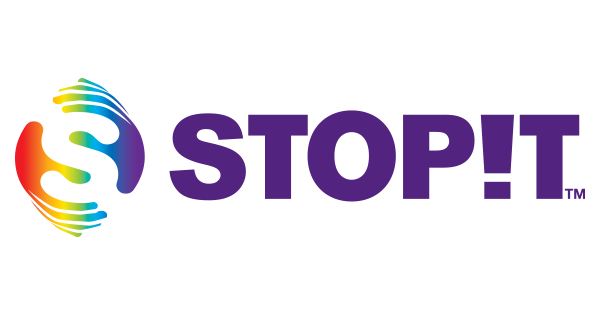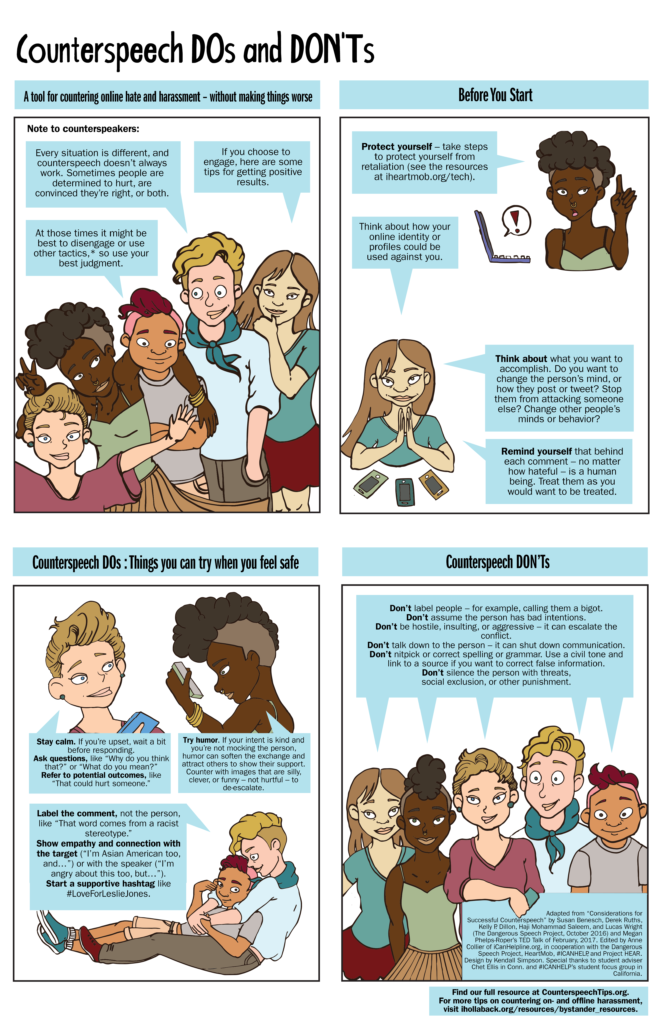Internet Safety
The internet has opened up a world of opportunity for learning interesting facts about endless topics; exploring new places, cultures, and languages without ever leaving home; and connecting virtually with millions of people around the world. It is vitally important, however, to teach kids how to use the internet safely. This Lesson Plan for Teaching Internet Safety from Edutopia encourages educators to teach young students, even kindergarteners, about how to keep their information safe on the internet. This video from BrainPOP is a good tool for teaching media literacy and internet safety.
Cyberbulling
 An ongoing concern for educators and parents is cyberbullying and the use of online hate speech. According to stopbullying.gov, cyberbullying is “bullying that takes place over digital devices like cell phones, computers, and tablets.”
An ongoing concern for educators and parents is cyberbullying and the use of online hate speech. According to stopbullying.gov, cyberbullying is “bullying that takes place over digital devices like cell phones, computers, and tablets.”
Edutopia defines online hate speech as cyberhate: “the use of electronic communications technology to spread bigoted or hateful messages or information about people based on their actual (or perceived) race, ethnicity, national origin, religion, gender, sexual orientation, disability, or other similar characteristic.”
What Do We Do About It?
Tool or Weapon? Addressing Cyberhate in the Classroom offers five strategies and skills educators and parents can teach kids who see or experience cyberhate:
- Refuse to support or reinforce hate! (Don’t “like” or share hateful messages or posts.)
- Report it! (File a complaint with online companies and social networking sites.)
- Support the targets of cyberhate! (Encourage students and friends to reach out.)
- Speak out against hate! (Write comments or blogs that condemn cyberhate.)
- Engage in activism! (Join groups or campaigns that address cyberhate.)
 Administrators can implement programs like STOPit Solutions, which is an app students download on their phones. The STOPit app allows students to take a screenshot of a hateful comment or post and send it to an adult they trust.
Administrators can implement programs like STOPit Solutions, which is an app students download on their phones. The STOPit app allows students to take a screenshot of a hateful comment or post and send it to an adult they trust.
Teachers can also encourage counterspeech, which is using our voices and actions to counter hate speech. (Click on the image below to go to a bullying prevention blog.)
Educators can also implement a kindness program or compassion curriculum (linked below) to encourage counterspeech, community-building and positive relationships in the classroom.
